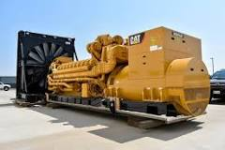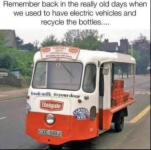Ant Knox
Member
- Joined
- Feb 4, 2021
- Messages
- 131
- Points
- 121
I wasn't aware of this; thanks.If one converts a 'Classic' to EV, the ORIGINAL engine mounts have to be retained----just think of the 'fun' that the guy who put an electric motor into a Ferrari 'Testarossa' had! He had to build a complete sub-frame that bolted onto the original Ferrari engine engine mounts, into which the electric motor and transmission system were then fitted into. On top of that, as a 'classic' Mini owner found, to his great cost, one is NOT allowed to convert them back to I.C. if ANY additional holes have been created (to run wiring looms etc through), and just to make it even more complicated (in the UK), if you DO convert an I.C. powered car/van to EV, there is a very good chance that if you have created any 'passage'holes that were not part of the vehicle's original construction, when the vehicle is presented to the "Vehicle Inspection" depot, the Inspector will say "NO!"
The Welsh firm converting cars have done a few youtube 'interviews' and I have to say, i'm not impressed by the company's ethos; their argument for many of the conversions is that the original IC engines were "rubbish" or "unreliable" and that criticism seemed to extend to the sublime Ferrari flat-12 of the Testarossa, which is clearly nonsense. I think the conversions appeal to a very specific type of classic car owner; one with a lot of money, but little mechanical sympathy...which is a shame.



